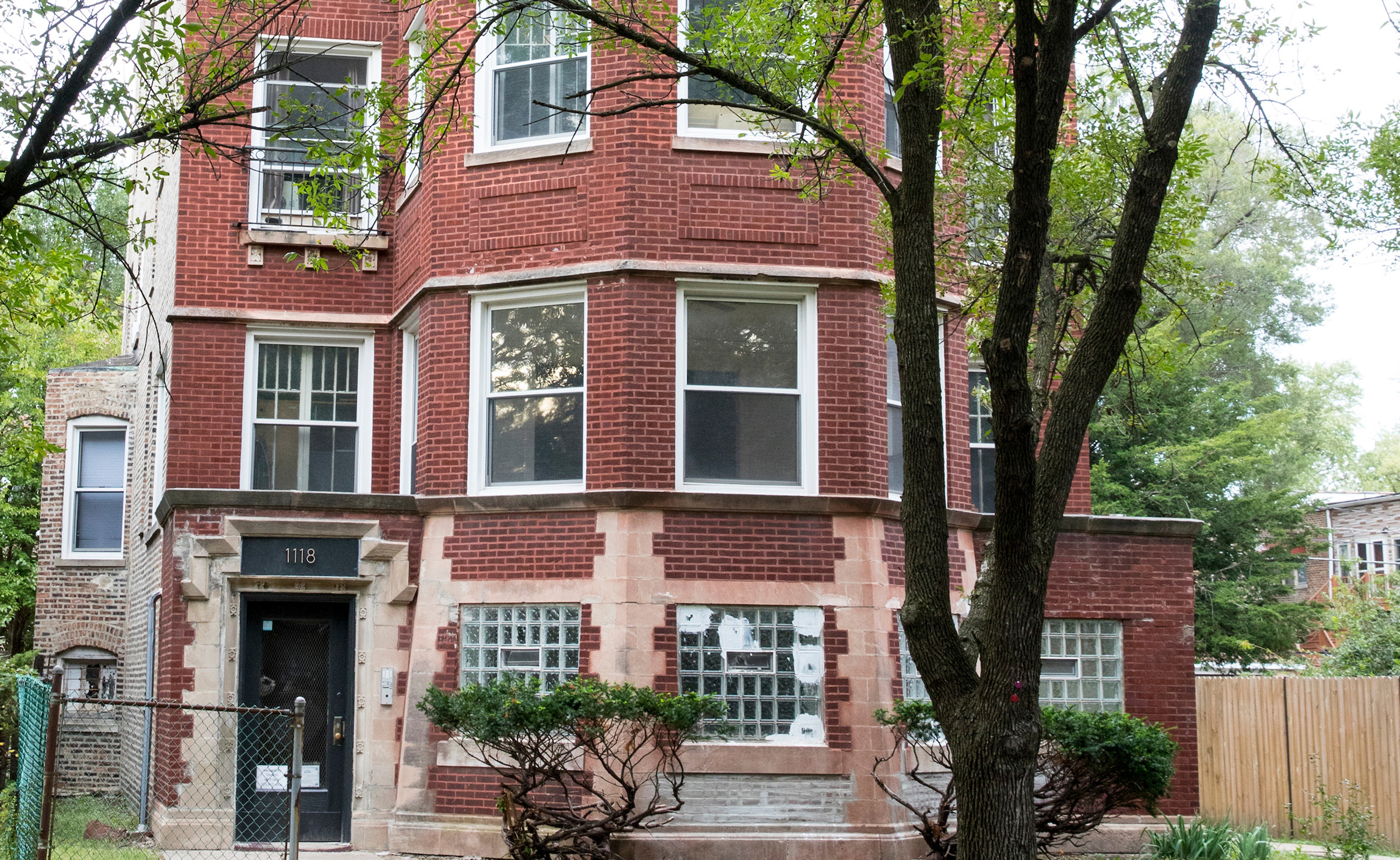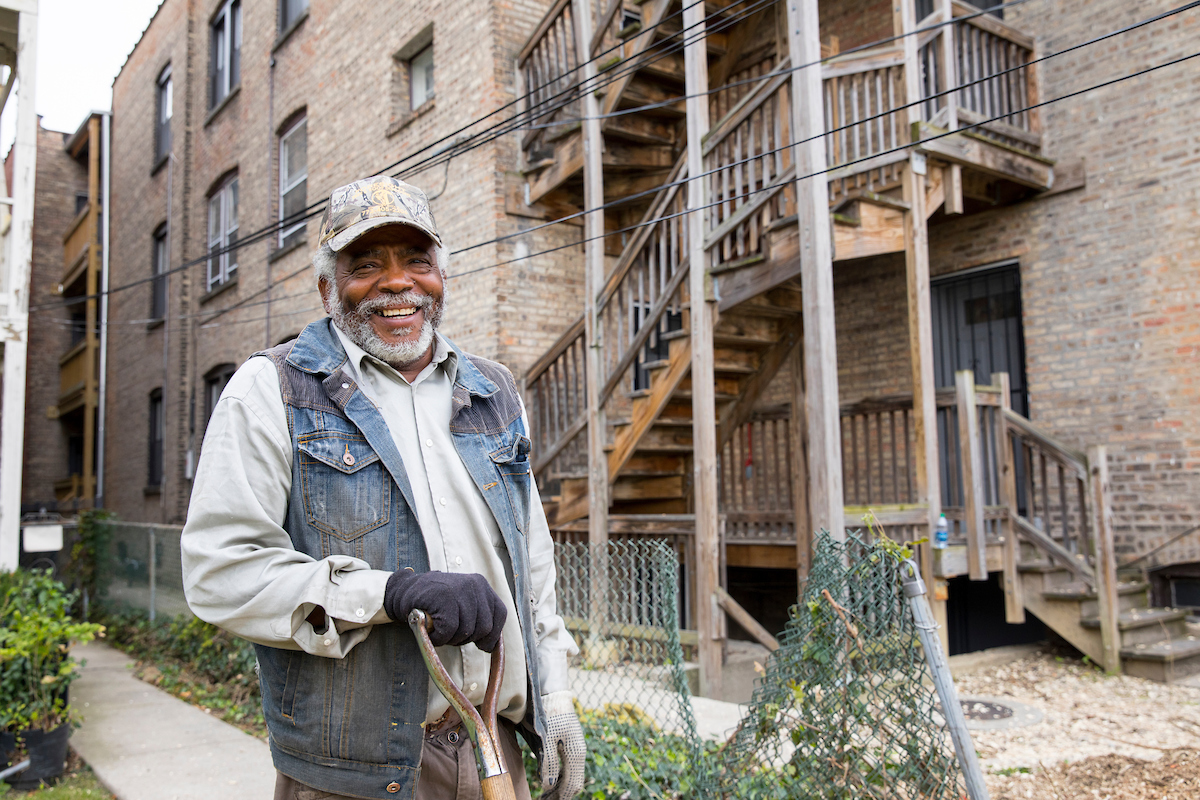property tax incentive
Partnership Drives New Property Tax Incentive!
Developed in collaboration with Housing Action Illinois, Illinois Housing Council, Metropolitan Planning Council, and Enterprise Community Partners, the Property Tax Incentive for Affordable Rental Housing incentive was enacted as part of the landmark affordable housing omnibus that passed the Illinois General Assembly in 2021 and was updated in 2025.
The incentive reduces assessed values after new construction or qualifying rehabilitation, delivering property tax relief to eligible multifamily rental property owners who commit to maintaining affordability for households at or below 60% of Area Median Income (AMI). The incentive establishes three tiers of affordability and property tax relief designed to:
- Keep rents affordable in higher cost markets.
- Promote investment in lower cost markets.
- Apply to both market rate and affordable developers.
- Provide a streamlined, criteria-based process—free of complex scoring or discretionary approvals—for affordable housing preservation and production.
The program is implemented on a county by county basis, in Cook County, the incentive is called the Affordable Housing Special Assessment Program (AHSAP). Since the Cook County Assessor’s Office launched the program in 2021, over 750 properties have enrolled, protecting affordability and improving rental housing quality across Cook County. Visit the Cook County Assessor’s Office’s Affordable Housing Data Map to see the impact across the county!
The Cook County Assessor’s Office is now accepting applications for the Affordable Housing Special Assessment Program (AHSAP)! Eligible applicants should submit parts 1 and 2 of the application no later than September 5th of the same assessment year for the reduction to be reflected on next year’s second installment bill, but applications are accepted on a rolling basis. Apply today!
How the Incentive Works
Property owners apply through their local Assessor’s Office—in Cook County, that’s the Cook County Assessor’s Office. The incentive creates three tiers of affordability and property tax relief:
| Tier 1 | Tier 2 | Tier 3 (Limited Availability) | |
|---|---|---|---|
| Required Affordability | 15% of units | 35% of units | 20% of units |
| Tax Incentive | 25% reduction in post construction/rehabilitation assessed value | 35% reduction in post construction/rehabilitation assessed value | Stepped-down reduction in assessed value – see incentive summary table for more detail |
| Qualifying Activity | New construction and rehab costing $8/sq ft x CPI* and improvements of two primary building systems | New construction and rehab costing $12.50/sq ft x CPI* and improvements of two primary building systems | New construction and rehab costing $60/sq ft x CPI* and improvements of five primary building systems |
| Duration | 10 years, with two renewable 10 year periods for a total of 30 years | 10 years, with two renewable 10 year periods for a total of 30 years | 30 years |
After the application is submitted and approved, the reduction in the assessed value will be reflected on the second installment of the tax bill. The incentive is unlike many other affordable housing programs because there is a simple non-competitive application process that does not include scoring – the administering Assessor’s Office does not have discretionary control over approving or disapproving – if the building meets the criteria, you get the incentive!
Annually, property owners simply submit affidavits for participating properties to confirm affordability compliance. Please note, the application and implementation processes may vary from county to county.
- Already Participating in the Program? Properties reaching the end of their 30-year eligibility before Dec. 31, 2025 may stay in the program if they reapply by Dec. 31, 2026.
- Own properties outside of Cook County? The incentive applies statewide unless counties opt out. Counties participating in the program includes, but is not limited to, Champaign, Kankakee, and Lake Counties. Property owners outside Cook County should contact their local assessor to apply – the Preservation Compact can provide support where local awareness or implementation is limited.
Eligibility:
If your property meets the eligibility criteria, you qualify. The process is transparent, consistent, and designed to minimize administrative burden. Compliance requirements are clear and minimal, allowing owners to focus on maintaining and improving their properties rather than navigating complex paperwork.
Incentive Benefits
This tool gives local governments a practical, scalable way to preserve both subsidized affordable multifamily rental housing and naturally occurring affordable housing (NOAH) while incentivizing private-market participation in affordability efforts. It strengthens housing stability, maintains tax revenue, and supports both high-opportunity and reinvestment areas.
For Policymakers:
- The incentive addresses affordable housing shortage: Statewide the deficit of affordable and available rental homes for those with incomes at or below 60% of area median income (AMI) is 160K.
- Preserves and produces affordable housing without direct subsidy.
- No shift in tax burden: The reduction applies to higher, post-improvement values, preventing loss of local revenue.
- Encourages housing opportunities across neighborhoods and market types: In high-cost areas, the program makes it easier to create and preserve affordable rental housing. In historically disinvested communities, owners can more easily qualify for financing to improve buildings and provide high-quality housing.
- Transparent and efficient implementation: The program operates through a straightforward, criteria-based process—without complex scoring systems or discretionary approvals.


For Property Owners:
- Approval is guaranteed for eligible properties, and compliance requirements are streamlined to reduce paperwork and administrative burden.
- Qualifying property owners receive long-term property tax relief.
- Improve building quality, energy efficiency, and market competitiveness.
- Strengthen financing opportunities by offsetting post-rehab tax increases.
- Increase stability through predictable tax treatment and tenant affordability.
Helpful Resources
Legislative Language
- 2021 Legislative Language (Relevant section of P.A. 102-0175)
- 2025 Legislative Language (Relevant section of P.A. 102-0175 – Section 50-915. The Property Tax Code is amended by changing Sections 15-178 and 21-150)
Webinars
Affordable Housing Special Assessment Program Review
March 24, 2022
Property Tax Incentives
September, 23, 2021
In the News
Cook County property tax incentive taken advantage of by hundreds of landlords annually aims to boost affordable housing
September 13, 2024, Chicago Tribune
New State Law Creates Property Tax Incentive to Create and Preserve Affordable Rental Homes
December 19, 2023, Housing Action Illinois
Background & 2025 Updates
After structural changes reduced the value of the Cook County Class 9 program, a number of housing stakeholders—nonprofit developers, SRO owners, neighborhood developers, new construction developers, affordable housing advocates, and others—were working independently to develop property tax incentives for their specific housing type.
The Preservation Compact convened these groups to develop a single proposal that would provide meaningful property tax relief for multifamily rental properties. The property tax incentive in the affordable housing omnibus bill emerged from this process. Passed in 2021, the final policy replicates many of the successful elements of the Class 9 program and includes an additional threshold, Tier 3, that will be more attractive in higher-cost areas.
This incentive received support from a diverse array of stakeholders, including the Cook County Assessor’s Office, Cook County, the City of Chicago, the Housing Action Illinois, Illinois Housing Council, Metropolitan Planning Council, Enterprise Community Partners, Chicagoland Apartment Association, Illinois REALTORS, Illinois Rental Property Owners Association, Elevate Energy, National Multiple Sclerosis Society and others.
The incentive was updated in 2025 as a provision in the omnibus tax bill signed into law on June 16, 2025, updates include:
- Extending the Incentive to 2034
- Previously, the incentive was slated to sunset in 2027.
- Updating Definition of Qualifying Rehabilitation
- Beginning January 1, 2026, qualifying rehabilitation expenditures will adjust annually based on inflation. The minimum will equal the tier expenditure amount multiplied by one plus the annual percentage increase in the Consumer Price Index (CPI).
- This information will be made available every year by the Cook County Assessor’s Office on or before March 15th starting in 2026.
- Expanding Eligibility for Qualifying Developments
- Starting January 1, 2026, properties with 7 or more units across multiple buildings, if owned by the same entity and subject to affordability requirements via financing, regulatory agreements, or participation in a qualifying income-based subsidy, will be eligible.
